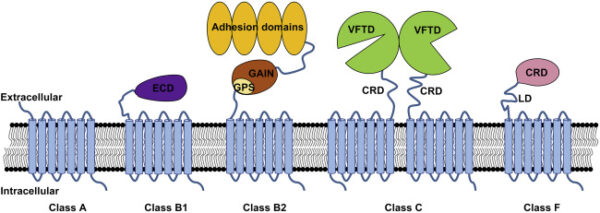Inflammation, a vital protective response of the immune system, plays a role in numerous diseases. As scientists strive to develop effective therapies to combat inflammation-related disorders, small molecule drug design has emerged as a powerful tool. The Anti-Inflammatory Library represents a collection of small molecule compounds carefully designed to target various pathways involved in inflammation. In this article, we explore the importance of small molecule drug design and delve into the potential impact of the Anti-Inflammatory Library in revolutionizing the treatment of inflammatory diseases.
Understanding Small Molecule Drug Design
Small molecule drug design involves the identification and development of compounds that can specifically interact with molecular targets involved in disease pathways. These molecules are typically small enough to penetrate cells, allowing them to modulate target activity and alter the course of disease. The process of small molecule drug design encompasses target identification, lead compound selection, optimization, and preclinical testing.
The Anti-Inflammatory Library: A Comprehensive Resource
The Anti-Inflammatory Library is a comprehensive collection of small molecule compounds designed to target key components of inflammation pathways. This library serves as a valuable resource for researchers and pharmaceutical companies seeking to develop novel therapies for inflammatory diseases, such as rheumatoid arthritis, inflammatory bowel disease, and asthma.
Targeting Inflammatory Pathways
Inflammation involves a complex network of molecules and cellular interactions. The Anti-Inflammatory Library focuses on specific components of these pathways, including inflammatory cytokines, enzymes, transcription factors, and cell surface receptors. By modulating the activity of these targets, the library aims to reduce inflammation and alleviate associated symptoms.
Multi-Targeted Approach
Inflammation is a multifaceted process involving multiple pathways and mediators. The Anti-Inflammatory Library encompasses compounds that target different aspects of inflammation, allowing for a multi-targeted approach. This strategy increases the likelihood of success by simultaneously inhibiting multiple inflammatory pathways and amplifying therapeutic efficacy.
Strategies for Drug Design in Inflammation
The design of compounds within the Anti-Inflammatory Library employs various strategies to maximize their efficacy and therapeutic potential. These strategies include the development of highly selective compounds, optimizing solubility and bioavailability, enhancing target affinity, and minimizing off-target effects. Such considerations are crucial for the successful translation of compound candidates from the library to the clinic.
Accelerated Drug Discovery
The Anti-Inflammatory Library accelerates the drug discovery process by providing researchers with a diverse array of compound candidates. By starting with a library of pre-designed molecules, scientists can rapidly screen and identify lead compounds with potential anti-inflammatory activity. This approach avoids the time-consuming process of synthesizing entirely novel compounds from scratch, cutting down on development time and increasing the likelihood of success.
Beyond Inflammation: Expanding Therapeutic Horizons
While the primary focus of the Anti-Inflammatory Library is on inflammatory diseases, the compounds within the library may hold potential for addressing other disease areas as well. Insights gained from studying inflammation pathways and designing compounds in the library can provide valuable knowledge for developing therapies in related fields, such as autoimmune diseases and cancer.




